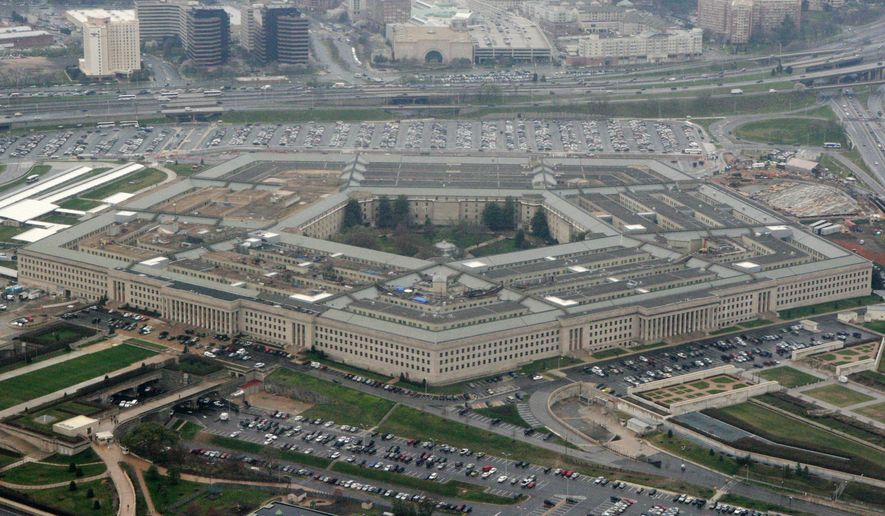Fearing China’s domination of resources and technology needed to build America’s war machine, President Trump last week moved to fix nearly 300 vulnerabilities found in the Pentagon’s industrial and manufacturing base, the White House said.
A sweeping Pentagon report presented to the president Friday detailed the hundreds of weaknesses in U.S. industries vital to military readiness. It identified China as a “significant and growing risk” to the supply chain for military hardware.
The report noted that 90 percent of the world’s printed circuit boards are produced in Asia, more than half of them in China, presenting a risk to U.S. defense.
Mr. Trump responded with orders for the Departments of Defense, Commerce, Energy, and Labor to make direct investment to expand U.S. manufacturing capacities and stockpile reserves of scarce materials, a senior administration official said.
China’s dominance includes the global supply of rare-earth elements critical for military applications.
As part of the effort, Mr. Trump ordered the Pentagon to develop and purchase equipment and materials needed for pilot production of lithium sea-water batteries needed for anti-submarine warfare.
The spending to address the shortfall in U.S. production of the batteries was announced in a letter the president sent to the chairmen of the House Committee on Financial Services and the Senate Committee on Banking, Housing and Urban Affairs.
“These proposed initiatives are essential to the national defense,” the president wrote.
Other spending will target critical bottlenecks in the supply chain, support fragile suppliers and mitigate single points of failure, said the White House.
The 140-page Pentagon report traced some of the problems to defense spending caps known as sequestration and uncertainty in U.S. government spending.
The report also pointed to the decline of U.S. manufacturing capabilities and deficiencies in the workforce for science and skilled trades.
Other corrective actions outlined by the White House include:
⦁ Accelerating domestic workforce development efforts in science, technology, engineering and mathematics (STEM) education and critical trade skills.
⦁ Working with allies and partners on joint industrial base challenges.
The buildup aligns with Mr. Trump’s efforts to rebuild the U.S. steel and aluminum industries to protect national security.
He slapped tariffs on those products earlier this year to boost domestic production, triggering trade disputes with China but also with Canada and other allies. But the tariffs had the desired effect of expanding production that included the openings of new aluminum and steel mills.
The Pentagon report arrived as the administration amplified its get-tough China policy. Vice President Mike Pence warned in a speech Thursday of Beijing’s economic and political interference in the U.S.
“We will not be intimidated, and we will not stand down,” said Mr. Pence.
Critics said the report included few new details about deficiencies that have become apparent in recent years. Some of the concerns were outlined in an internal Defense Department report released earlier this year, according to Defense News.
Mr. Trump ordered the extensive review in July 2017 to assess lost manufacturing capability and military readiness.
Deputy Secretary of Defense Patrick M. Shanahan presented the report to the president Friday in Oval Office.
White House press secretary Sarah Huckabee Sanders said it was the most comprehensive assessment of the manufacturing and defense industrial base in American history.
“The Trump administration is pursuing an aggressive agenda to rebuild our military through increased defense spending and modernization initiatives, while taking strong measures to revitalize American manufacturing,” she said in a statement. “We are reducing burdensome regulations, implementing historic tax cuts, ending unfair trade deals, and much more. These policies represent the understanding, outlined in the 2017 National Security Strategy, that economic security truly is national security.”
⦁ This article is based in part on wire service reports.
• S.A. Miller can be reached at smiller@washingtontimes.com.




Please read our comment policy before commenting.